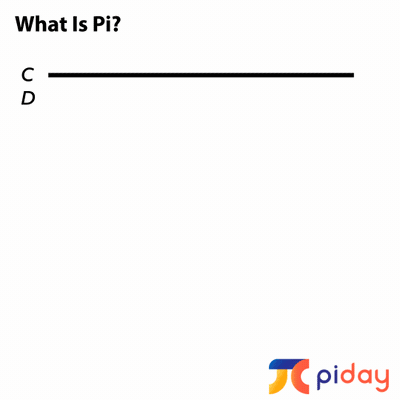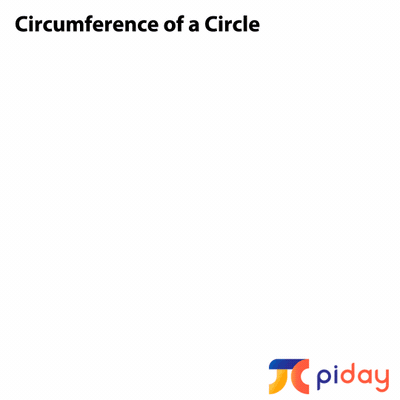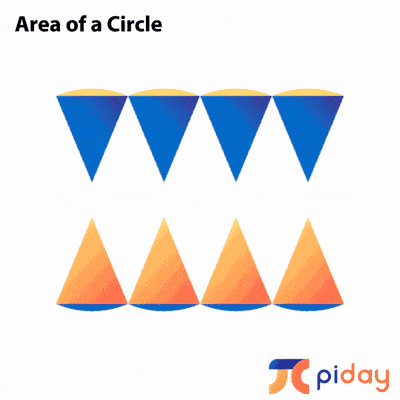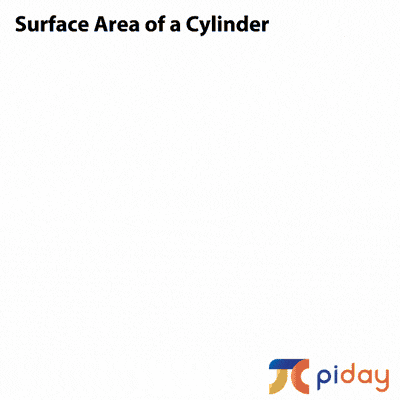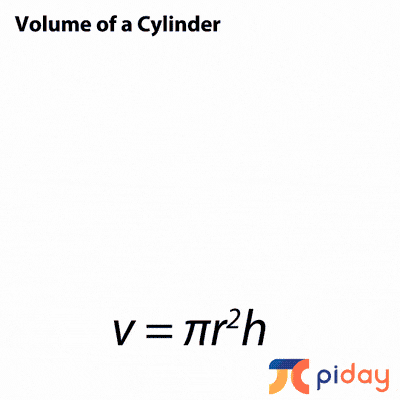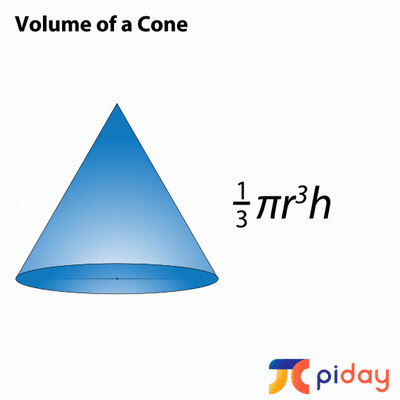Facing Issue or need help with any query?
Talk to our Counselor
Get a call
We will give you a call shortly
Verify the OTP sent to your mobile
+91
Verify OTP
Resend verification code
Thank you for choosing A Mentor. Our representative will shortly contact you.
TEaCHiNSPiREmOTiVaTE
What's your superpower?
Become a teacher at A Mentor

We don't charge any registration fee. It is 100% free to register.

Work Part time/Full time. Earn your pocket money or increase your monthly income.
Ok
Don't have A Mentor account Create one
By creating an account, you agree to A Mentor's Terms of Use and acknowledge its Privacy Policy
Select City
Become A Mentor
0
2
You have no favourite programs.
Explore courses
Login/Signup to add programs to your favourites.
Login
Signup








